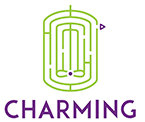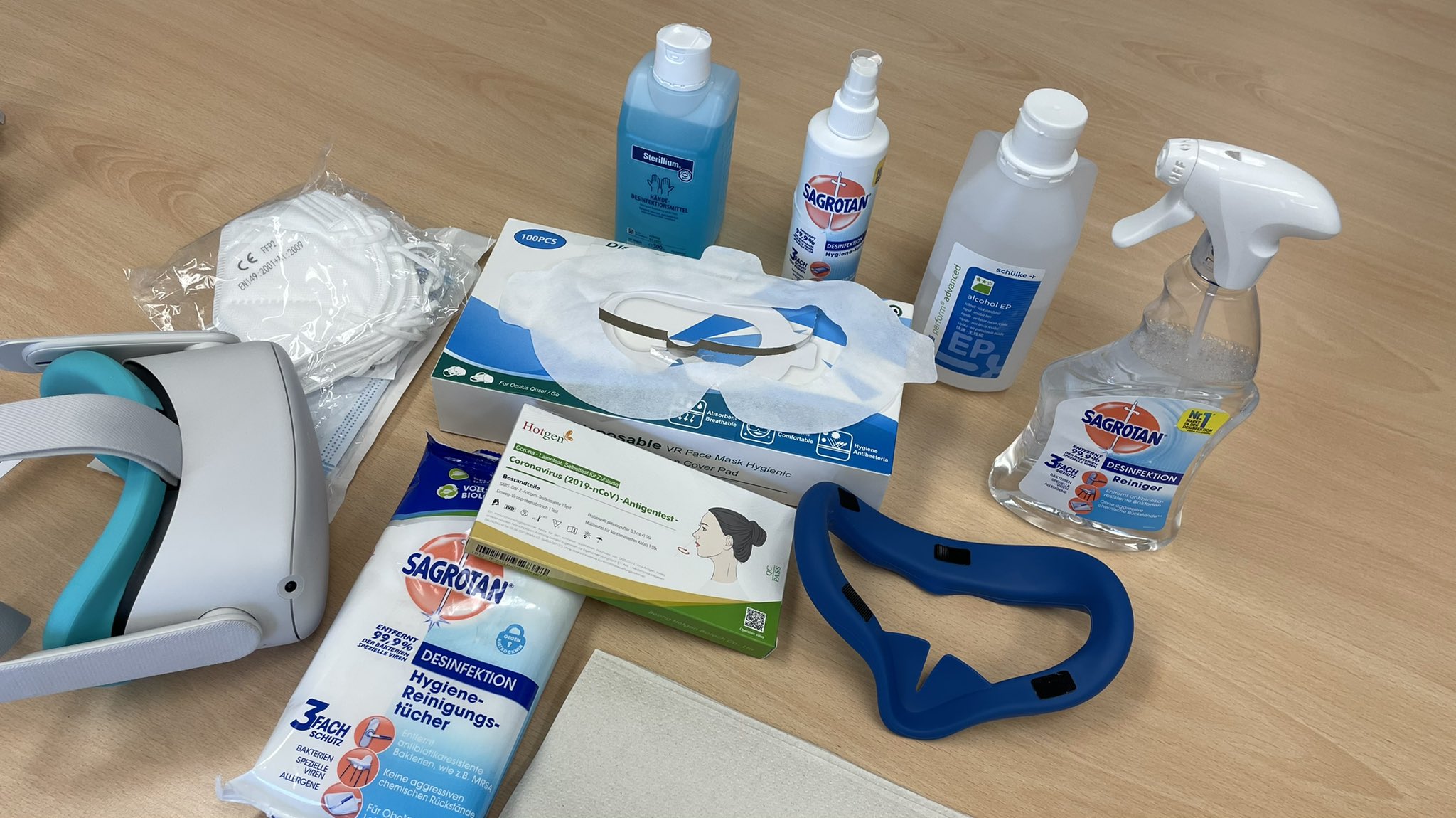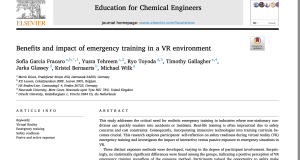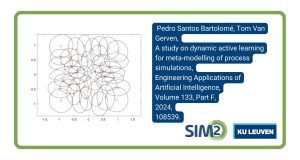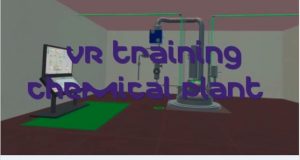Doing research study during the pandemic is another additional challenge for the researchers. Here, I am sharing the experience of a virtual reality experiment with the participants of a company during the pandemic period: April 2021-May2021. If you are planning or considering of VR based experiments with the participants, this blog might help you in thinking ahead of upcoming challenges. (YT, Emden, 6/11/2021)
The virtual reality headset-based prototype (under the EU project CHARMING) is developed with a purpose of training of chemical operators to perform procedural tasks inside the virtual chemical plant. The duration of VR experience was long (around 1 hour) and the headset used was Quest2. The testing of prototype was conducted at Merck KGaA, Germany with their chemical operators, plant managers and experts. We had around 30 participants during the two weeks and two VR headsets in total.
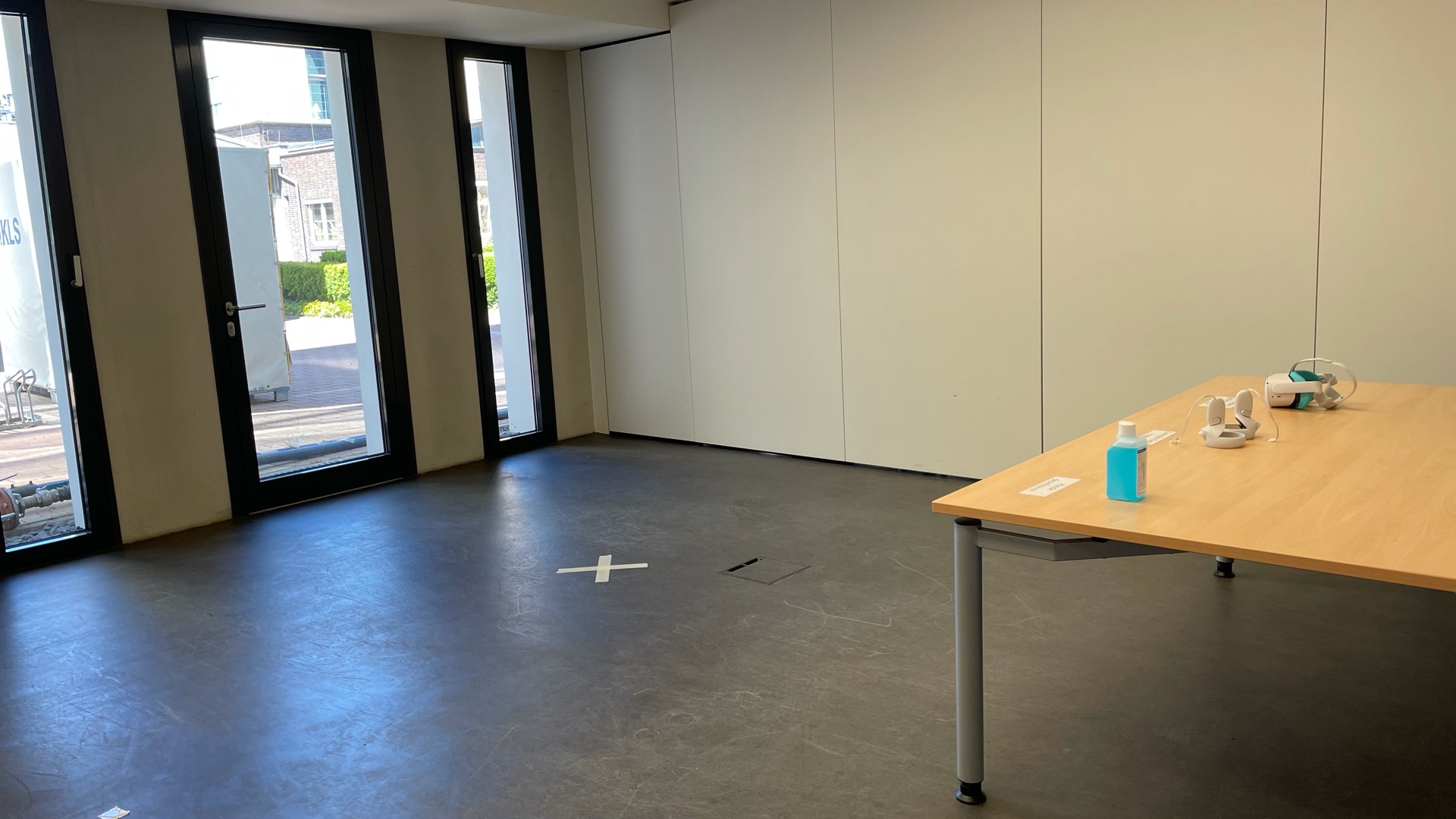
Figure 1. VR Experiment Setup
The most important factor during this testing was time allocation to each participant so that the flow of testing was not affected:
- Cleaning of headset according to regulations and protocols (you can also check out our poster for VR research protocols here).
- Demonstration of VR controls and a little introduction of what to expect inside the VR.
- Filling of questionnaires after the VR experience either manually in the separate room or MS form links that were sent to participant’s emails.
- Cleaning of headset after the use.. and the flow continues.
According to the given flow and time, 3-4 participant were anticipated for one day. There were two experimenters: me and my colleague Sofia Garcia Fracaro to carry out the testing. It was compulsory to wear masks inside the room at that time and to do instant covid testing every day. Merck provided us the testing kits of two weeks. This was the time when vaccinations had just started.
For virtual reality prototype testing, the following problems were encountered and their possible solutions are adapted:
- Blurred vision reported by participants (due to wearing of face mask, some users reported foggy lenses). This problem was solved by asking the user to take off the headset and then we cleaned the lenses with fibre cloth and asked the user to adjust the mask accordingly.
- The next problem was when casting stops due to internet or oculus guardian setting has reset. This triggers the intrusion of the experimenter to ask the user to take off the headset and then after cleaning of headset, the experimenter can check what’s wrong inside VR. After sorting the problem, the cleaning protocol again complied and then the user can continue. The whole process was easy to implement if you have good quality disinfecting wipes rather than spray or liquids. It is noted here, whenever the experimenter went near to the user, the face mask was always there.
Figure 2. Cleaning accessories for VR Experiement
- Regarding cleaning of VR headset, it was handled with care. The lenses were cleaned by fibre cloth and the body of headset with the disinfecting wipe. The black face pad of oculus quest2 was not easy to clean. That’s why we used silicon covers that were easy to clean and dry instantly. We also brought disposable face covers but we did not need it anymore due to silicon covers.
- Another important consideration is which kind of head strap you are using with VR headset. The default head straps of Quest2 were not easy for participants to tied themselves. They need our help to tighten or fix the strap as per their comfort. This is not good if it is during the pandemic. Another thing is that if it is too tight, it might cause discomfort and if too loose, it leads to difficulty in focusing. Both things could affect cybersickness.
- One challenge that may not concern the pandemic but to avoid rushing or overlapping of participants as the prototype duration was itself very long, we gave them the option to either fill questionnaires here in a separate room or they can fill in their office laptops/computers. We sent them the links for MS forms. The problem we got from this is that some never responded. It became difficult to track them. Its better to allocate seperate room with computer/laptops in which the participants can fill in just after the VR experience.
So, this is some experience from our side. Feel free to comment and ask questions or if you also experienced some more unique things then do share with us.
